Technical Parameters
| Material | Premium quality tungsten carbide |
| Hardness | Typically in the range of 14.4 – 15.0 g/cm³ |
| Bending Strength | Usually between 600 – 900 Mpa |
| Wear Resistance Index | ≥0.05 mm³ (ASTM G65 standard) |
| Surface Roughness | Ra 0.4 μm – Ra 0.8 μm |
| Operating Temperature | Up to 1000°C |
| Dimensions | Customized to specific needs, with diameters ranging from a few mm to hundreds of mm, and in a variety of lengths and shapes. |
| Surface Treatment | Precision grinding, polishing and other treatments to achieve the required dimensional accuracy and surface roughness. Some products can also be coated to enhance abrasion or corrosion resistance. |
Product Characteristics
- Material: High quality cemented carbide has extremely high hardness and wear resistance.
- High temperature resistance: Can maintain stable performance under high temperature environment.
- Corrosion resistance: Good corrosion resistance to acid, alkali and other chemical substances.
- Precision processing: Advanced processing technology is adopted to ensure dimensional accuracy and surface quality.
- Easy installation: Reasonable design, easy to disassemble and replace, reduce maintenance time.
- Strong adaptability: Suitable for various working environments, including high temperature, corrosive media and other harsh conditions.
Applications
- Pumps and valves: Used to protect the contact surface between the shaft and the bearing housing to reduce wear and leakage.
- Machinery: Used in bearings, guide rails and other components to improve the efficiency of mechanical operation.
- Automobile: Used in engine, gearbox and other key components for wear protection.
- Metallurgy: Bearings and seals for high temperature and heavy load environments.
- Aerospace: Bearings and seals for engines, rockets and other high-precision equipment.
Installation Guide
- Preparation: Make sure the mounting surface is clean and free of oil.
- Measurement: Select the appropriate shaft sleeve size according to the specifications of the shaft.
- Installation process: Follow the instructions in the manual to ensure that the installation is secure.
- Inspection and confirmation: Check after installation to ensure that there is no looseness.
Maintenance
- Regular inspection: Regularly check the wear and tear of the shaft sleeve.
- Timely replacement: Replace the shaft sleeve in time when it is found to be seriously worn to avoid damaging the equipment.
- Cleaning and maintenance: Regularly clean the impurities attached to the shaft sleeve.

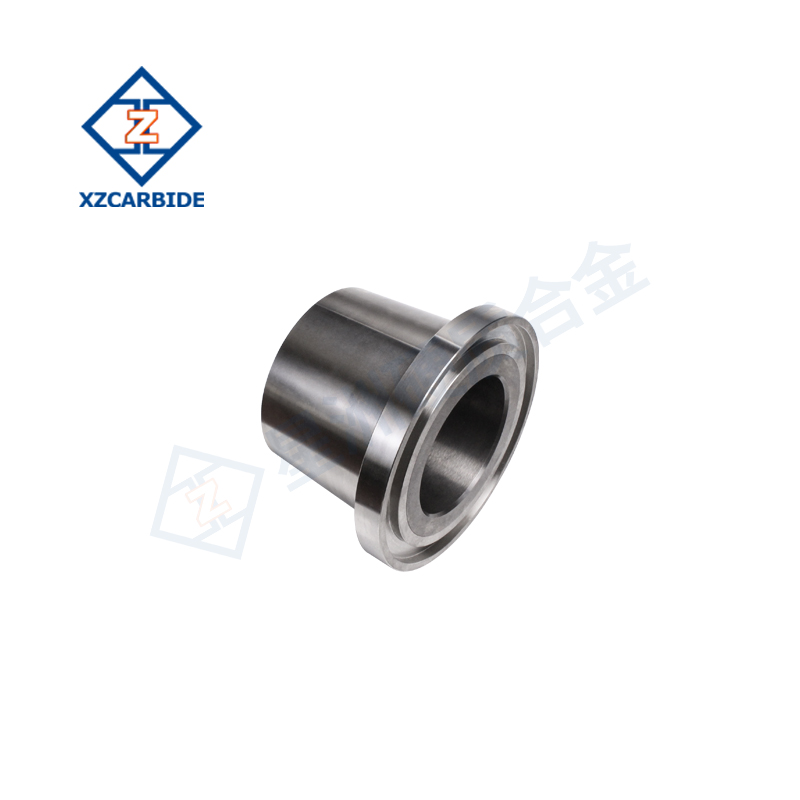
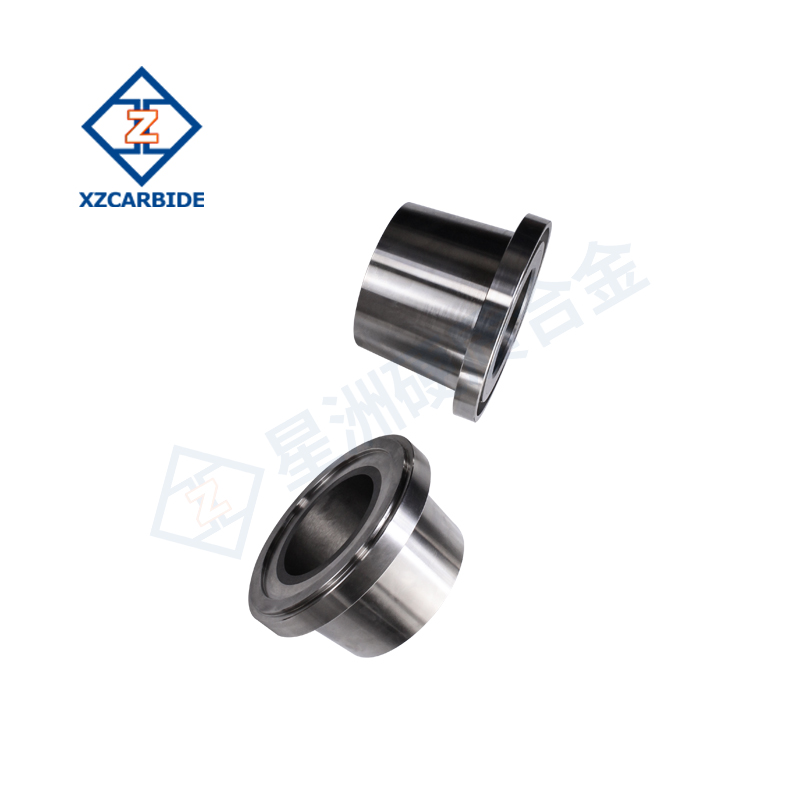
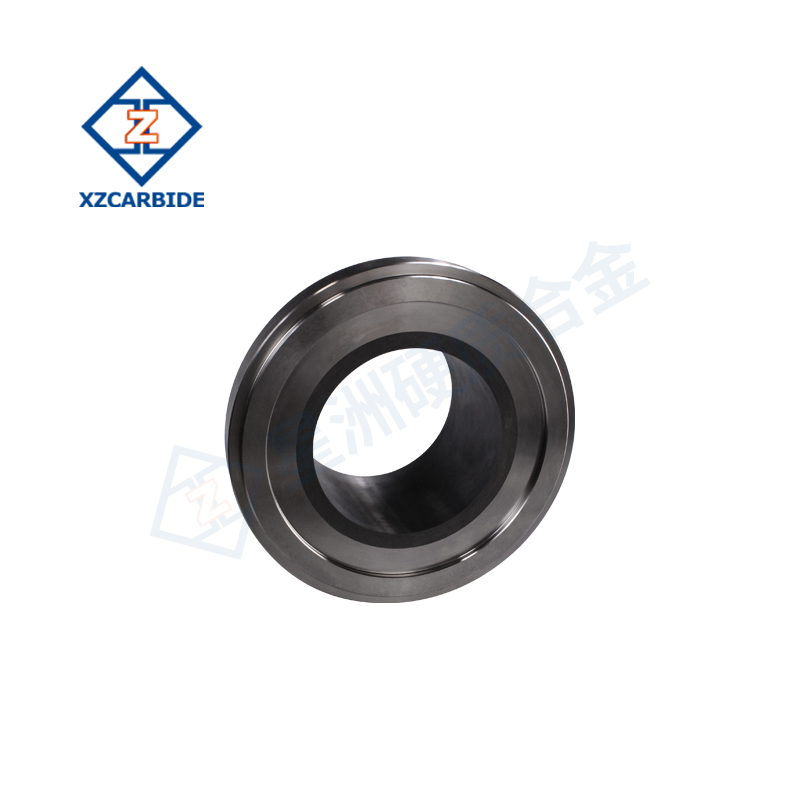
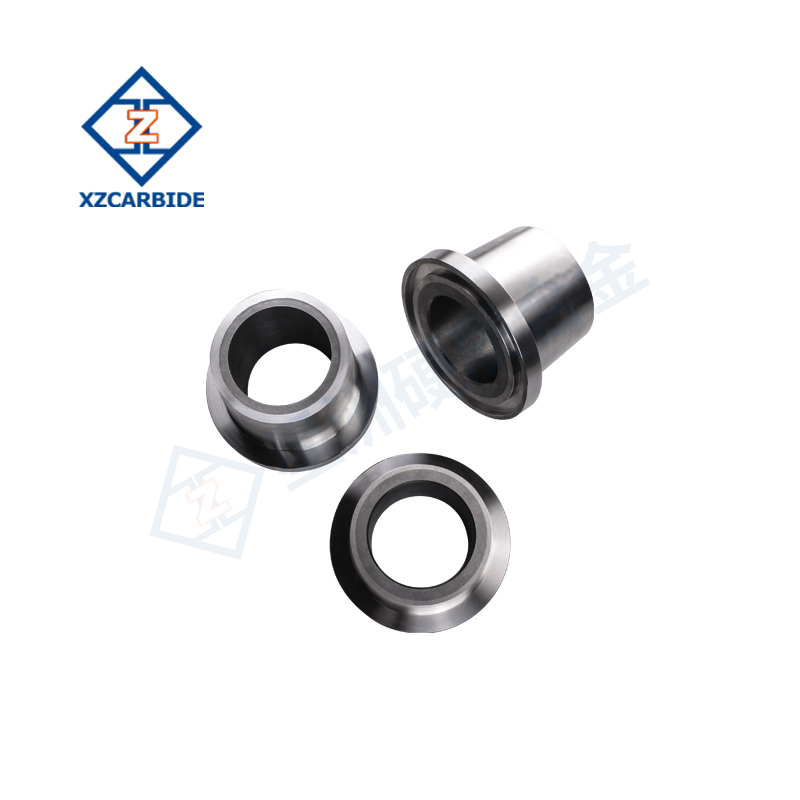
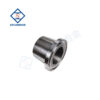
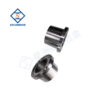
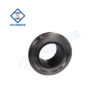
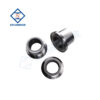
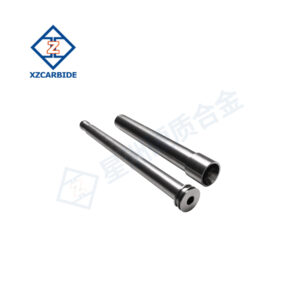
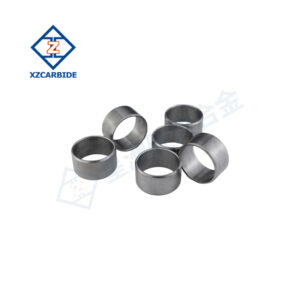
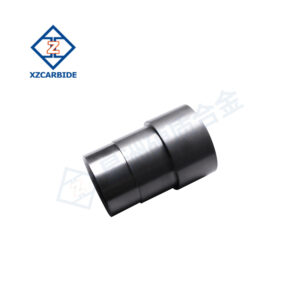


Reviews
There are no reviews yet.